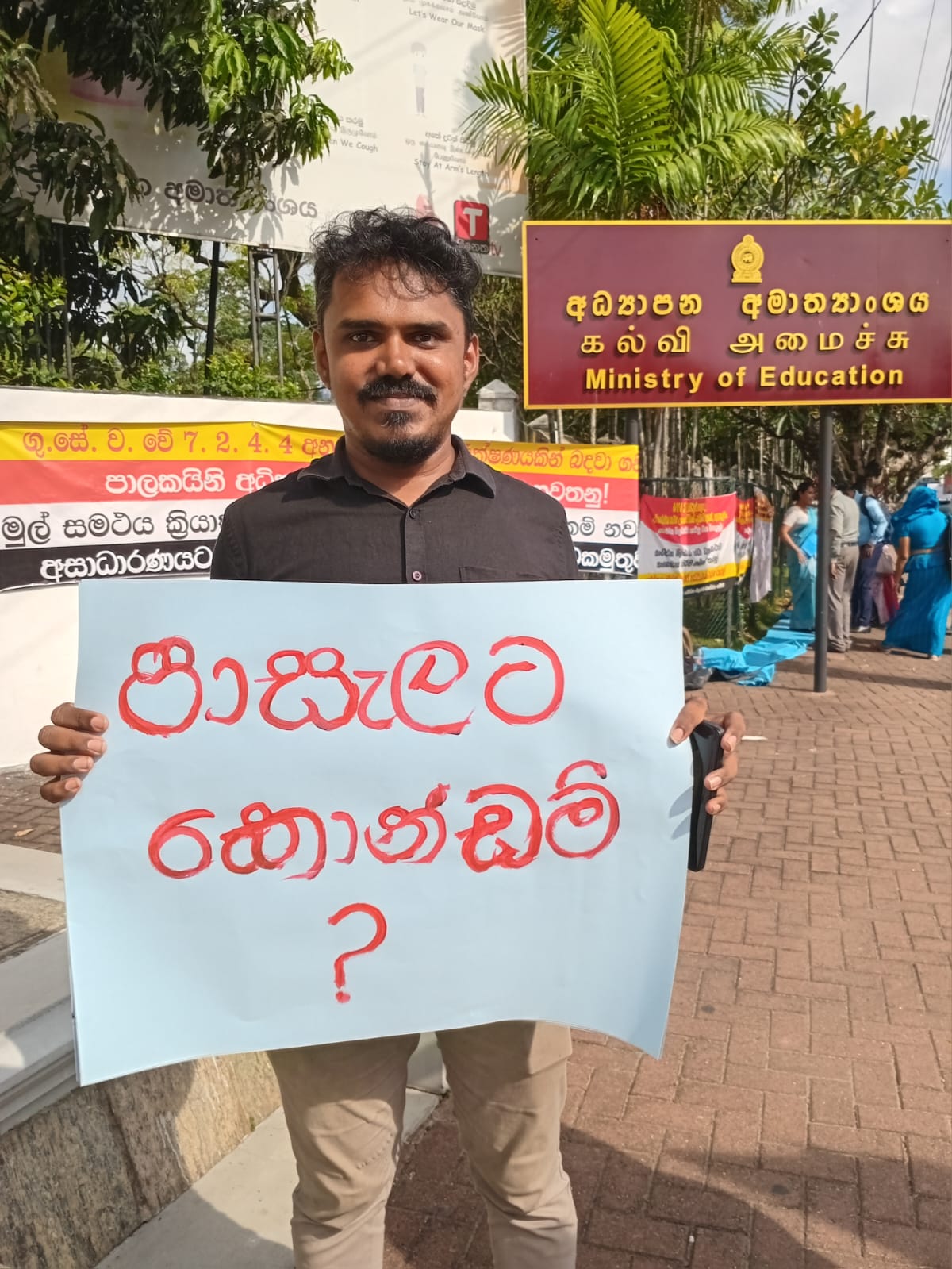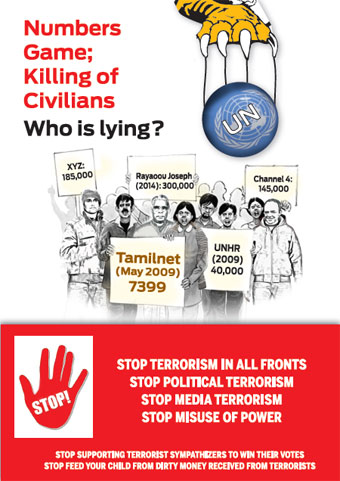BRAVERY IN THE EELAM WARS
By KAMALIKA PIERIS
The armed forces could have crushed the LTTE any time in the last 30 years if they had been allowed to do so. They knew they could easily defeat the LTTE in regular combat and were eager to do so. They had chased the LTTE out of the east within two months, when President Wijetunge ordered them to do so. They fought with great enthusiasm at Vadamarachchi. ‘I saw the disappointment on their faces, when the Vadamarachchi operation was halted,’ recalled General Ranatunge ‘Our chaps were in a real mood for victory.’ When LTTE came to Colombo for talks, the army wanted to empty their guns into them, not look after them in hotels.
The forces carried out holding operations of their own, against orders. When they were ordered to leave Weli Oya (1989,) one Gajaba regiment battalion stayed back. In 1990, against Presidential orders, the army launched an offensive in Batticaloa and saved the Gemunu Watch and Light infantry battalions there. Palaly airfield was quickly taken over when Indian forces left, to prevent LTTE from moving in. Navy destroyed ‘Koimer’ bringing weapons for the LTTE, without orders to do so.
Nothing deterred them. Weapons were taken in a bullock cart for a Special Forces operation in Kandikudichchiaru jungle. Policemen who had managed to escape from the assassination of 600 police, (1990) joined the army at KalawanchikudI and fought. An army captain commanded his unit with his shoulder in plaster. A brigadier refused to leave the battlefield to go to Haiti. When LTTE attacked Weli Oya (1995) volunteer units returned fire, under the direction of Brigadier Janaka Perera and the LTTE fled. “They dropped their weapons and ran for their lives, leaving bodies scattered all over the battlefield.” LTTE lost almost 300 cadres, army only lost two. Navy and air force had prevented LTTE bringing in reinforcements. At Kokilai, (1984) a small unit of 60, under 2nd lieutenant Shantha Wijesinghe had routed a much larger number of LTTE, who came with superior weapons.
Soldiers fought even when there was no hope of winning, showing great endurance. When LTTE asked Batticaloa units to surrender, (1990) they rejected the offer and fought for 8 days, without food, little water and one set of uniforms. They had no artillery or air support. In Kiran, troops had lived on liquids, raw papaw and animals that strayed into camp. They survived for 7 nights in trenches, one died, many were injured. LTTE used chlorine gas against them to dislodge them.
Qualifications to join the army were lowered in 2009 and over 80,000, mainly rural youths were recruited. This intake was ridiculed. Hastily trained recruits could not match the fighting skills of the ‘well trained and highly motivated LTTE cadres,’ they said. They were wrong. These recruits responded magnificently. One soldier who had been in the army only 10 months said that he was not afraid to step into enemy territory as they had been well trained and guided. They were highly motivated and were prepared to sacrifice their lives. They fought on, despite rising casualties and heavy LTTE resistance. One unit had fought from 6 a.m. to late evening to destroy bunkers at Akkarayan. All had wanted to join the attack on Kilinochchi.’ They received a glowing tribute from the army chief when the war ended.
There were many cases of bravery and heroism. When the LTTE attacked the Elephant pass army camp (1999), Corporal Gamini Kularatne, (Hasalaka hero) went forward with a hand grenade and blasted the LTTE truck at the cost of his life. He was awarded the Parama Weera Vibhushana medal, the highest decoration a soldier can earn. There is a monument to him at Elephant Pass. In 2002, Corporal N Tennakoon died leading his men in an attempt to prevent the LTTE entering Jaffna. He was posthumously honored with Rana Wikrama Padakkama. Platoon Commander Second Lieutenant K. W. T. Nissanka ran to the enemy with a grenade, at Pooneryn (1993) so that troops could withdraw with their wounded.
There was also loyalty. Soldiers were ever ready to rescue their comrades. When the wounded were to be removed from Elephant Pass in Operation Balavegaya, all 15 men in the unit had insisted on taking part. Elsewhere, a corporal who had volunteered to rescue one of his wounded colleagues had dashed forward, without waiting for covering fire and brought him back, to the admiration of his superior officer.
Medical officers accompanied the army into battle. Doctor Sanjeewa Munasinghe marched into the Adampan jungles carrying medicines in his backpack. Later, amputations were done in the field and the wounded, with drips attached were carried by medical assistants who, though short staffed ‘never gave in to tiredness’. Saline tubes were used as a temporary conduit when blood vessels were injured. The medical Corp came under enemy fire, one officer and 58 others died. The Corp received 50 gallantry awards.
The air force simply did not have sufficient planes. Their Sia Marchetti planes, which were not suitable for the war, flew for almost 75 hours nonstop. They mounted guns on a Chinese transport aircraft and sent that as well. All the helicopters were sent in to save Silavaturai and Kokkupadayan army bases. There was always a shortage of pilots and trainee pilots were used for one campaign. At one stage, there were only 5 jet fighter pilots and they went up 15 to 16 sorties a day. Later, there were 16 pilots for 16 planes and just 20 for the attack helicopter squadron.
Ferdinando has drawn attention to the contribution of Helicopter no 4 unit. This unit had excelled in many tasks, including close air support, air reconnaissance, air assault and Heli drops. The unit had flown continuously from SLAF bases at the risk of their lives and had carried out casualty evacuation in difficult conditions. In Jaffna fort, the army had rushed the seriously wounded men into the chopper within 45 seconds but ‘one second on the ground felt like one day’. Flying officer Roshan Mendis was recommended for promotion for leading the air assault on Elephant Pass (1998). Mendis received three gallantry medals.
SLNS ‘Pabbatha’ took ammunition and provisions from Trinco to Kankesanturai in 1990. They carried over 20 tons of ammunition, some on the open deck. The KKS unit unloaded it in 45 minutes, in the midst of LTTE gunfire. SLNS ‘Sooraya’ came alongside, its sailors firing at the risk of their lives. ‘Pabbatha’ also fired, one sailor firing nonstop without his regulation helmet. Pabbatha crew was awarded the Rana Soora Padakkama.
693 Viewers








